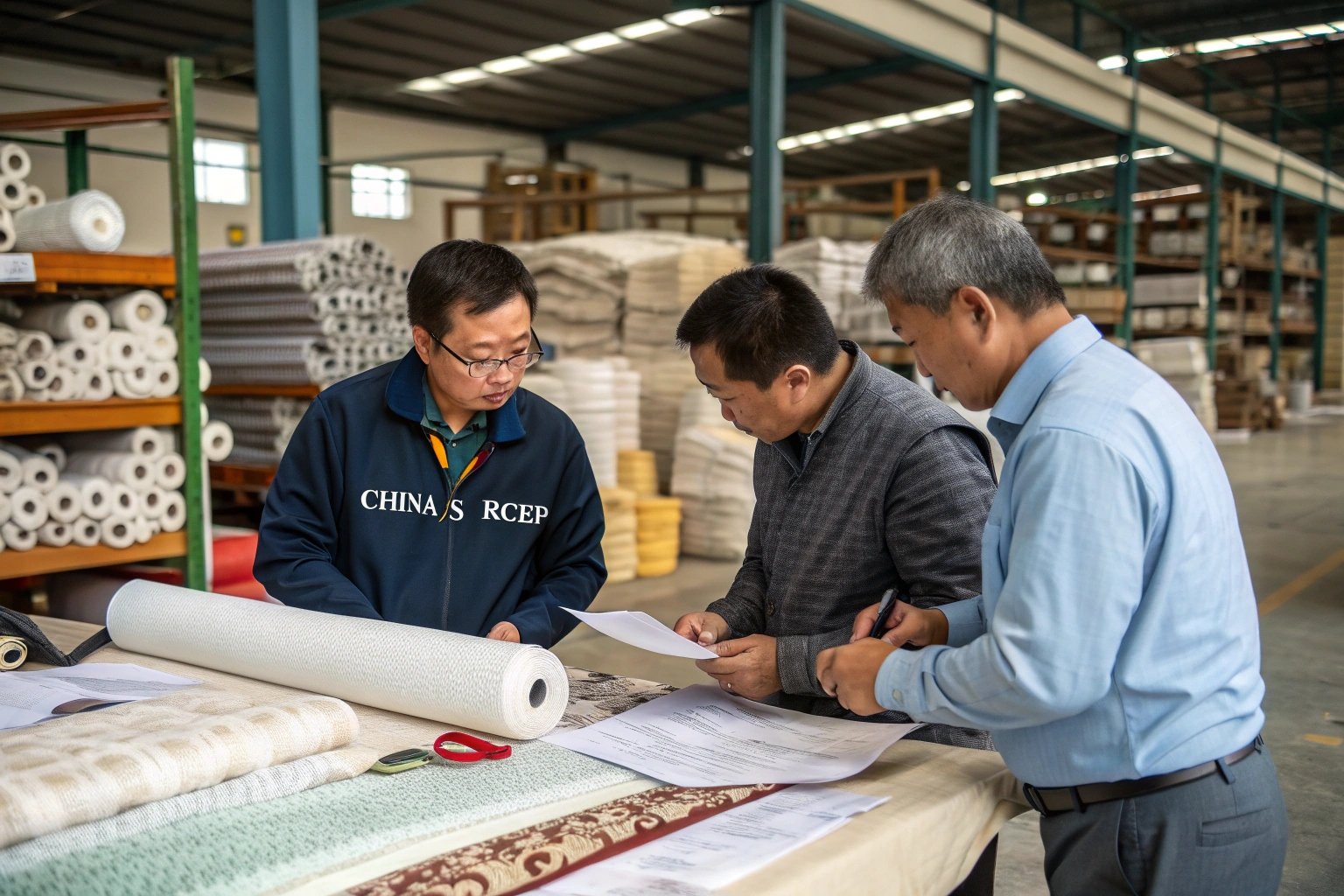Fabric importers around the world constantly navigate trade restrictions, high tariffs, and unpredictable customs delays. For those sourcing from Asia, the landscape has now shifted dramatically thanks to the Regional Comprehensive Economic Partnership (RCEP).
China’s RCEP participation offers fabric importers lower tariffs, simpler customs, and wider sourcing access across Asia—making fabric procurement faster, cheaper, and more predictable.
At Fumao Fabric, we’ve already seen a significant impact in how our clients in Australia, Japan, Korea, and ASEAN countries benefit from RCEP when importing Chinese fabrics. In this guide, I’ll break down what RCEP means for importers and how to take full advantage.
What Is the RCEP Agreement and Who Benefits?
RCEP stands for the Regional Comprehensive Economic Partnership—a trade agreement among 15 Asia-Pacific nations including China, Japan, South Korea, and 10 ASEAN countries. It's the world’s largest trade bloc, covering nearly 30% of global trade.
Fabric importers benefit through reduced duties, unified rules of origin, and easier market entry across member countries.
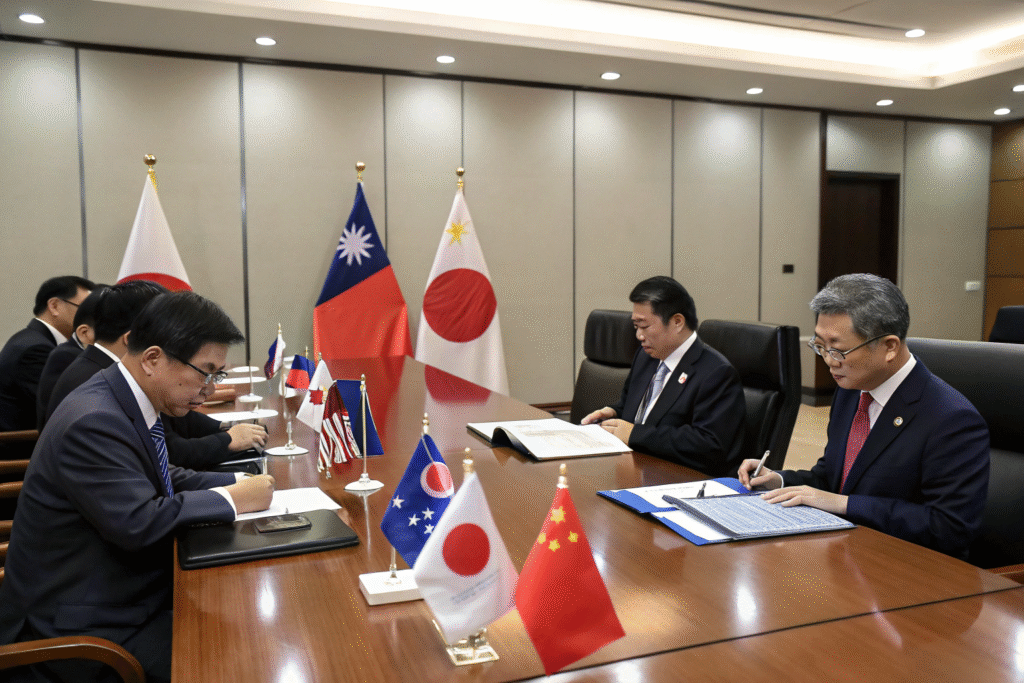
Who Are the RCEP Member Countries?
The RCEP bloc includes China, Japan, South Korea, Australia, New Zealand, and the 10 ASEAN nations such as Vietnam, Thailand, and Indonesia. You can find the full member list here and check their textile trade terms.
Importers based in these countries benefit the most—especially those bringing in fabric from China, which now enjoys lower or zero tariffs under the agreement.
How Does It Differ from Other Agreements?
Unlike CPTPP, which excludes China, RCEP creates a comprehensive low-barrier trading platform with China at its core. It also harmonizes rules of origin, making it easier for fabric made in China to qualify for duty-free import across Asia.
This has huge implications for sourcing hubs like Keqiao, where fabric is made from blended yarns or exported through bonded warehouses.
How Does RCEP Lower Fabric Import Costs?
Tariffs are often one of the biggest cost burdens in cross-border textile trade. RCEP significantly reduces or eliminates tariffs on thousands of fabric HS codes, making it easier for buyers to improve margins or pass savings to clients.
With RCEP, fabric importers in member countries can enjoy 0% tariffs on many textile categories from China—especially synthetic, woven, and knitted fabrics.
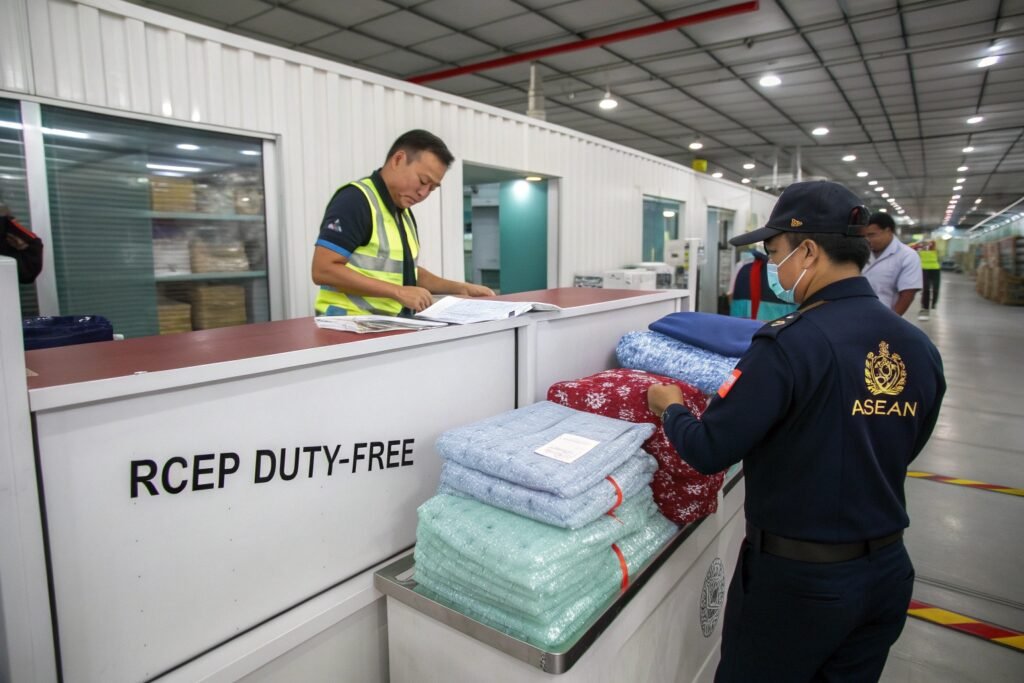
Which Fabric Types Qualify for Reduced Tariffs?
Many commonly used fabric types such as polyester woven fabrics, cotton blends, and technical textiles like PU-coated materials are included. Tariff reductions are staged over 10 years, with many already down to 0% since 2023.
At Fumao, we help clients classify their HS codes to confirm which items qualify under RCEP’s preferential list using China’s Customs Database.
What Are the Savings Like in Practice?
One of our Korean clients importing 100% polyester twill linings saw savings of 8% in import duties since switching to RCEP documentation. A Japanese uniform buyer sourcing 500,000 meters annually now saves over USD 120,000 per year.
Even for smaller clients in Australia, RCEP eliminated the previous 5% tariff on polyester-lurex jacquards—a fabric previously considered high-cost for boutique designers.
How Does RCEP Simplify Customs and Compliance?
Traditionally, proving origin and getting customs clearance across Asia could involve piles of paperwork and conflicting rules. RCEP streamlines this through digital processes and shared standards.
RCEP simplifies fabric import procedures by standardizing certificates of origin, allowing cross-border documentation recognition, and enabling electronic customs filings.
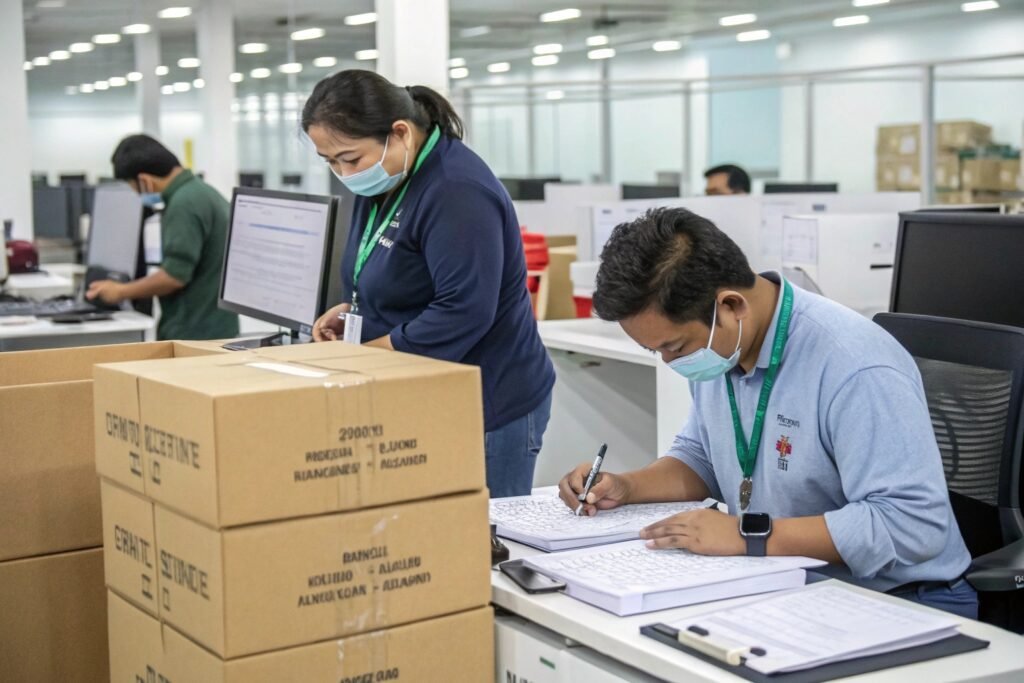
What Is the RCEP Certificate of Origin?
It’s an official document issued by Chinese customs or approved institutions verifying that the fabric originates from China. This allows buyers to claim reduced or zero tariff rates at import. You can learn more about the CO Form RCEP here.
We issue RCEP certificates alongside every eligible order, and our team prepares customs-compliant packing lists and invoices to minimize delay risk.
How Are Customs Procedures Faster?
Under RCEP, many ports now accept electronic origin verification. This reduces physical inspection time and lowers the chances of incorrect documentation rejections.
Some ASEAN ports now use pre-arrival clearance, meaning goods from China can clear customs the same day they arrive—critical for just-in-time apparel brands.
What Long-Term Trade Advantages Can Importers Expect?
Beyond tariff savings and simplified paperwork, RCEP builds a longer-term ecosystem of fabric trade integration across Asia. This makes it easier for importers to consolidate sourcing, plan stable supply chains, and reduce external risk.
Fabric buyers benefit from greater supplier access, long-term cost predictability, and strategic location advantages through China’s role in RCEP.
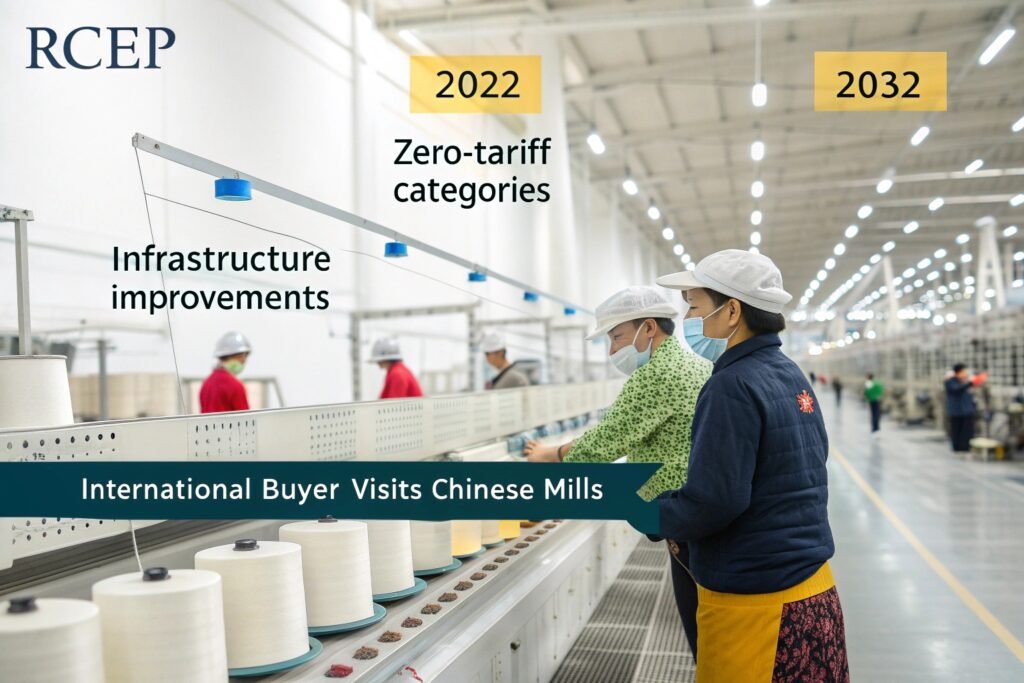
Does It Encourage Regional Sourcing?
Yes. Importers can now source fabric in China, dye it in Vietnam, and finish garments in Indonesia under one origin system. RCEP’s cumulative rules of origin mean that inputs from any RCEP country count toward the product’s duty-free status.
This supports flexible, multi-country supply chains while still enjoying preferential trade treatment.
How Does China’s Infrastructure Help?
As part of Silk Road Keqiao, Fumao Fabric connects to bonded warehouses, fabric consolidation hubs, and direct train services to ASEAN ports. This reduces inland logistics cost and improves speed—especially for buyers importing via Vietnam or Thailand.
Buyers also benefit from customs advance rulings and digital fabric classification support via AI-assisted customs software developed in China.
Conclusion
China’s participation in RCEP transforms the landscape for fabric importers. From reduced tariffs and simplified customs to regional sourcing opportunities and long-term trade predictability, the benefits are measurable and immediate. At Fumao Fabric, we help buyers every step of the way—ensuring your orders qualify under RCEP, your documents are accurate, and your supply chain runs smoothly. If you're sourcing fabric from Asia, RCEP isn't just policy—it’s your next strategic advantage.

